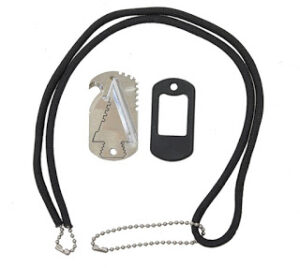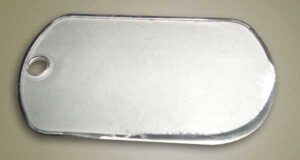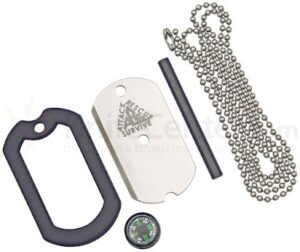Yesterday I came across a reference to cutting zip ties/ cable ties with “survival cord”. A quick websearch produced a video of a gentleman cutting zip ties with paracord bootlaces.
An important aspect of this to grasp is that it is not necessary to use paracord. The original reference was probably to kevlar line. I had neither paracord or kevlar readily to hand but I did have a soft bootlace that was probably polyester. I tried it and within seconds the zip tie was cut with molten ends. Later I tried some cotton string. I was actually surprised that this worked, but it did! The tie ends looked more broken than melted, but that is still an escape!
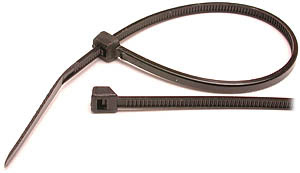

Dental floss should work. So might monofilament or braided fishing line. Electrical wires and headphone cables are definitely worth trying when the chips are down. Would belts or strapping work? Failing any of these, rub the tie on a brick edge or stone.
If you secure a prisoner with cable ties and leave them unsupervised there is a real chance they will not be secured when you return. Shoes have laces. Clothing and bags have cords. A compass, ID card or whistle might be on a lanyard. A metre of fishing line can sit in the bottom of a pocket and easily be missed in a search.
Below is an image from the Art of Manliness blog that shows some other techniques you can use against zip ties.
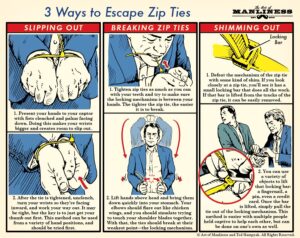
A trick used by magicians and escapologists is to conceal nail clippers on their person. This is often done using a bulldog clip on a safety pin. The clip can be compressed by various body parts to drop its contents into a waiting hand. If you have a lighter or match try and melt the tie. Many military “dog tags” now have rubber bumpers (“silencers”) to stop them rattling. This makes it possible to sharpen or serrate the edge of a metal tag or use the silencer to secure a rectangular blade behind the tag. Such a blade can be made from a tin can lid. A Photon light and whistle are useful additions.
